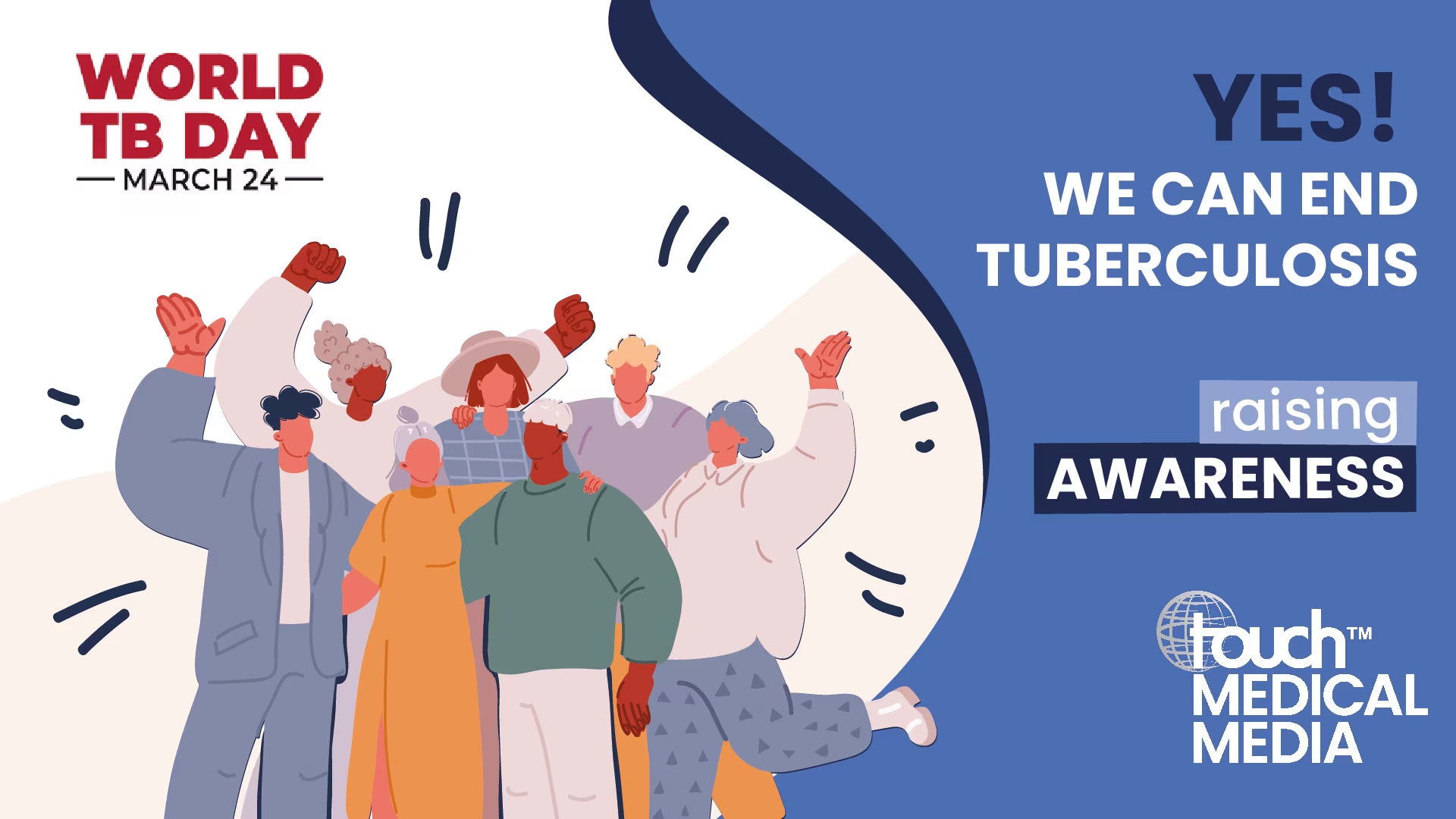
To fully appreciate why World Diabetes Day is so important, it helps to lay out the severity of the mounting diabetes pandemic in its numbers – and they are pretty stark.
Figures from 2021 show that around 537 million adults between the ages of 20–79 years old live with diabetes worldwide – almost half of those are undiagnosed and 6.7 million could die as a result. (IDF)
In 2020 world population numbers put the number of adults between 20–79 years old at approximately 5 billion. (UN, World Population Prospects)
In other words, roughly 10%+ of the global adult population have either type 1 (affecting ~10%) or type 2 diabetes (affecting ~90%). Those figures are not expected to fall over the next two decades, with diabetes projected to affect 643 million adults by 2030 and 783 million by 2045. (IDF) That is a 40% surge over the next 25 years.
Even more sobering is to remember that these numbers reflect only those with diabetes right now. When the risk factors associated with type 2 diabetes are considered, studies suggest that around 541 million adults are at increased risk of developing the disease. (IDF) (Type 1 diabetes cannot be prevented and the environmental triggers behind it are not yet fully understood).
Looking at some of the risk factors associated with type 2 diabetes, an alarming projection like this could be arguably symptomatic of modern society and in particular the changes to our physical activity levels and diet.
Risk factors include:
- Obesity
- Increasing age
- Family history of diabetes
- History of gestational diabetes
- Poor nutrition during pregnancy
- Physical inactivity
- High blood pressure
- Unhealthy diet
These figures demonstrate exactly why World Diabetes Day on 14 November is crucial – to alert more people to the relative ease under which type 2 diabetes can (and does so more than ever) develop and the life-changing/threatening complications it could pose.
WATCH: Samuel Dagogo-Jack at ADA 2022 discusses highlights and hot topics in the field of diabetes
As Editorial Board member, Dr Sanjay Karla (Bharti Hospital, Karnal, India) notes:
“Diabetes, if not diagnosed and treated in time, is a Frankenstein that can devour not only the person living with diabetes but his/her family and society as well.”
For those over half a billion indviduals that are at risk around the world, this makes prevention awareness all the more vital. Type 2 diabetes prevention starts by encouraging a healthy lifestyle – healthy food, regular exercise and weight control.
There is no cure for the over half a billion already living with type 1 or type 2 diabetes. However, treatments are available to help manage the condition, and the most effective methods involve a multidisciplinary team for support.
Prof. Chantal Mathieu, Editorial Board member (Catholic University Leuven, Belgium) outlines just how complex the necessary care can be:
“Diabetes turns your world upside down! Day in, day out, diabetes requires attention and having a strong team of healthcare workers around you as a person living with diabetes helps! Doctors, educators, nurses, dieticians, podiatrists, ophthalmologists, and other specialists should all be in one big team. However, the person living with diabetes is also an integral part of this team! Integrated, personalized care is the cornerstone.”
On this point, Editorial Board member, Dr John Doupis (lNS Naval Hospital, Athens, Greece) agrees, saying:
“The secret for optimal glucose control is the adoption of a holistic, anthropocentric and fully individualized treatment for all!”
He also insists that treatment advances are moving forward at a much faster rate than in the past:
“Nowadays, the evolution of technology and the development of many new treatments for both type 1 and type 2 diabetes enable all patients to succeed in optimal glucose control more easily and safely than the previous decades.
The recent switch from the traditional glucocentric to the new cardio-renal-metabolic approach for treating type 2 diabetes, utilizing the new anti-diabetic medication, may lead to an improved and complication-free quality of life for millions of people with type 2 diabetes. In addition, the evolution of glucose sensors, insulin pumps, closed-loop systems and improved types of insulin may also provide our patients with type 1 diabetes with the long-time desired tools for optimal glucose management.”
WATCH: Diana Isaacs at ADCES 2022 talk about updates in diabetes technology.
That is why touchIMMUNOLOGY and touchENDOCRINOLOGY support World Diabetes Day and its mission to raise awareness of the dangers of diabetes, the preventative ways we can seek to avoid it, and the ever-growing research and treatments that need funding to change more lives.
Learn more by delving into our educational content on diabetes on touchIMMUNOLOGY and touchENDOCRINOLOGY.
Alternatively, you can get in touch to find out how you could benefit from our educational activities.


